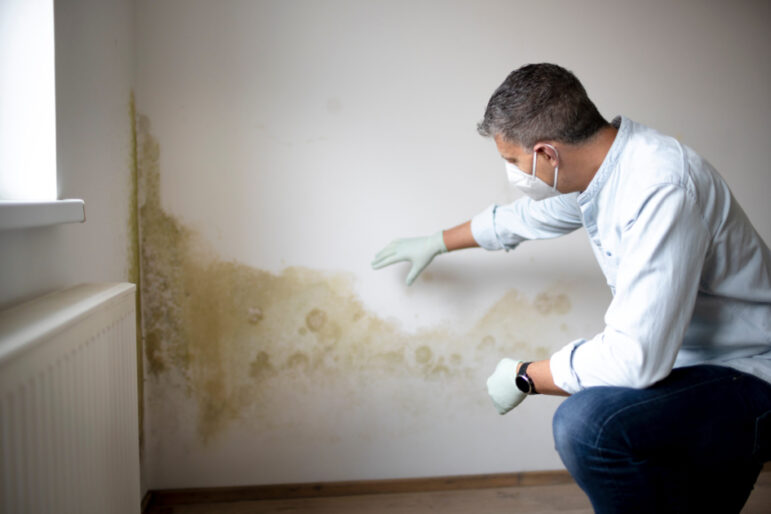The heat of the summer weather can have adverse effects on your building and your maintenance plan. Along with added moisture from rainfall, the risk of mould growth increases in climates with high heat and humidity. Knowing the risks and planning ahead can save you from surprise costs, repairs, and potential disruption to your business. It also poses a health risk to your staff and visitors, releasing spores into the air as mould grows.
There are several things you can do to take a proactive approach and mitigate the risk of summer mould in your building.
Focus on air quality
Maintaining an efficient HVAC system is a great start in avoiding mould growth in our building. Staying on top of your maintenance schedule for optimum efficiency is important to maintain clean air and filter out any particles or spores that are in the air. Ventilation is also an important factor in limiting moisture growth, so in addition to your HVAC, opening windows and bay doors can also help improve air quality.
RELATED: The importance of air purification
Control humidity
The optimum humidity to avoid mould growth is between 30 and 50 per cent. Your air conditioning system reduces humidity, making it harder for mould to grow. Without using a hygrometer, there is a simple ice cube test you can conduct to check humidity levels. Place a few ice cubes in a glass and wait a few minutes. If there is condensation on the outside of the glass, your relative humidity is too high. Make sure the humidity is optimal in your building to limit the risk of mould growth.
Stay vigilant
Moisture may well occur in your building, but it doesn’t have to turn into mould. Look for signs of condensation or moisture so you can address the issue early to prevent it from getting worse. It’s not always caused by humidity, so if you see signs of water, investigate the source. Is your roof leaking? Is it your pipes? Is your window sealant failing? Staying on top of any moisture you see in your building will help you get ahead of any major, expensive issues.
Controlling the humidity in your building is the first step to mitigating the risk of mould in your building. Inspect your rooms regularly for signs of moisture as part of your maintenance plan for a simple, proactive approach.









